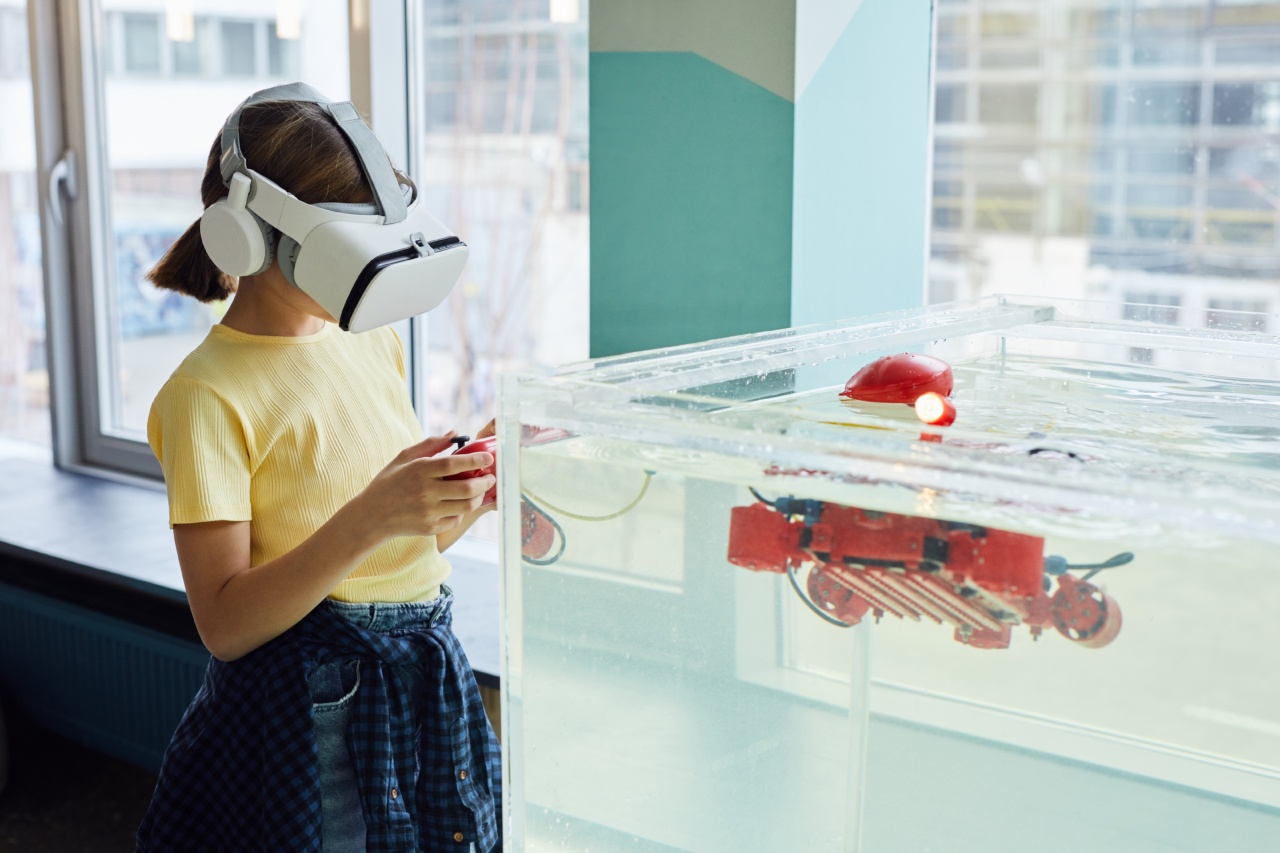Virtual reality technology has become a popular tool in the healthcare industry. It has proved to be an effective method for treating a variety of medical conditions. One of these conditions is the loss of vision.
People suffering from vision loss have reported significant improvements in their vision after undergoing virtual reality treatment.
How Virtual Reality Technology Improves Vision
Virtual reality technology involves simulating a three-dimensional environment that allows the user to interact with it. The user wears a headset that creates a virtual reality environment by projecting images and sounds onto the headset screens.
The technology creates an immersive experience that feels like the real thing.
The immersive experience created by virtual reality technology has a positive impact on the brain. It stimulates the senses, especially the visual and auditory senses. This stimulation helps the brain to become more efficient in processing information.
The brain’s ability to process visual information improves, making it easier for the user to see better.
The way virtual reality technology improves visual acuity is that it stimulates the brain’s visual cortex. The visual cortex is responsible for processing visual information.
When the user wears the virtual reality headset, the images projected on the screens stimulate the visual cortex. This stimulation strengthens the connections between the neurons in the visual cortex, leading to a stronger and healthier visual system.
Types of Virtual Reality Technology Used for Improving Vision
There are two types of virtual reality technology used for improving vision. The first type is a virtual reality environment that is designed to simulate the real world.
The second type is a virtual reality environment that is specifically designed to improve visual acuity.
The first type of virtual reality environment is used in vision therapy. Vision therapy is a treatment that aims to improve a person’s visual system. It involves a series of eye exercises designed to improve the eye muscles’ strength and coordination.
The virtual reality environment used in vision therapy helps to simulate real-world situations that the patient may encounter.
The second type of virtual reality environment is designed to improve visual acuity. It involves simulating objects at different distances with varying levels of contrast and brightness.
These simulations help to strengthen the connections between the neurons in the visual cortex, leading to improved visual acuity.
Benefits of Virtual Reality Technology for Improving Vision
Virtual reality technology has many benefits for improving vision. One of the most significant benefits is that it is a non-invasive treatment.
Unlike other vision treatments, such as laser eye surgery or corrective lenses, virtual reality technology does not require any invasive procedures.
Virtual reality technology is also a low-risk treatment. Unlike other treatments that have potential side effects, such as laser eye surgery, virtual reality technology has no known side effects.
Another benefit of virtual reality technology for improving vision is that it is highly effective. Numerous studies have shown that virtual reality technology is an effective treatment for improving visual acuity.
Future of Virtual Reality Technology for Improving Vision
The future of virtual reality technology for improving vision looks bright. As the technology evolves, there will be more advanced simulations that can help people with more complex visual impairments.
There is also potential for virtual reality technology to be used in diagnosing vision problems. The technology can be used to simulate real-world situations, making it easier for vision professionals to diagnose vision problems accurately.
Conclusion
Virtual reality technology is a promising tool for improving vision. It is a non-invasive, low-risk treatment that is highly effective. The technology has numerous benefits for patients suffering from vision loss.
As the technology advances, there will be more advanced simulations that can help people with more complex visual impairments.































